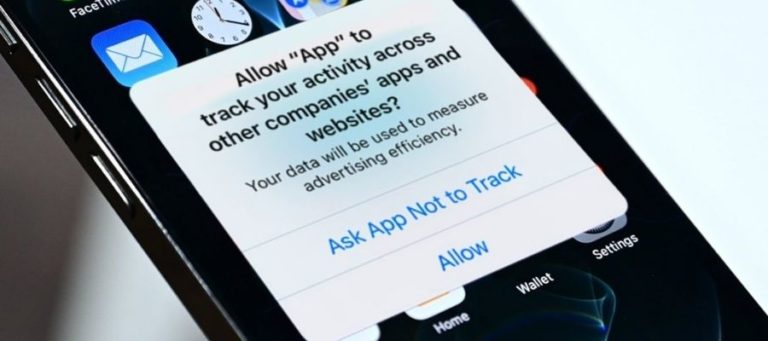3 Proven Marketing Tips to Reach and Engage Women Consumers

Women consumers will account for 75% of discretionary global spending by 2028, making them one of the most influential consumer segments in the world. As the primary decision-makers for household purchases and with increasing economic power, women are transforming the marketplace and shaping the future of industries. Marketers who want to effectively engage with this thriving demographic must understand and cater to their needs, preferences, and values rather than play into antiquated stereotypes. Here are three tips to help you effectively market to women and harness their buying power.
Don’t treat women consumers as monoliths.
To successfully connect with women consumers, companies must create marketing campaigns that represent diverse groups of women. Women are not a monolithic group and cannot be marketed to as such. This segment is rich in diversity across the demographic, psychographic and ethnographic spectrum. Companies that acknowledge, respect and accurately represent that diversity will build stronger connections, foster customer engagement, and ultimately, increase brand loyalty.
Some beauty brands like Fenty Beauty and Glossier have been extremely successful in being inclusive, using cultural cues and body positivity to tap into areas other brands have overlooked. By showing that they care about all women who identify as female, they have gained a solid following and boosted sales.
Build brand loyalty by being genuine.
Building relationships with women consumers requires transparency, particularly among younger demographics like Gen Z. Ethics and honesty in advertising are a must, which means staying true to the beliefs your brand projects and following through on your promises. Outdoor apparel company Patagonia, for example, is a leader in sustainability and doesn’t shy away from it in its marketing. By staying true to its brand promise and promoting its eco-friendly initiatives, the retailer has successfully gained and kept its female customers. However, brands that are deceptive are most likely to lose female customers to competitors who share their values.
Leverage Social Media to build community.
Finally, where you connect with women consumers is equally important. Most marketing strategies today incorporate social media, and women are primary users. A survey by Google and Ipsos found that 68% of women consumers aged 18-54 use social media to research products before buying and Hootsuite found that women use social media more than men to discover and purchase new products.
This underscores the importance of creating a solid social media presence and meaningfully engaging with women on these platforms. Sephora, for example, uses their Instagram account to highlight user-generated content and tutorials showcasing different makeup styles for various skin tones and types. Understanding the content that resonates with women on social media and adjusting marketing efforts accordingly can help businesses reach this crucial demographic and fuel business growth.






